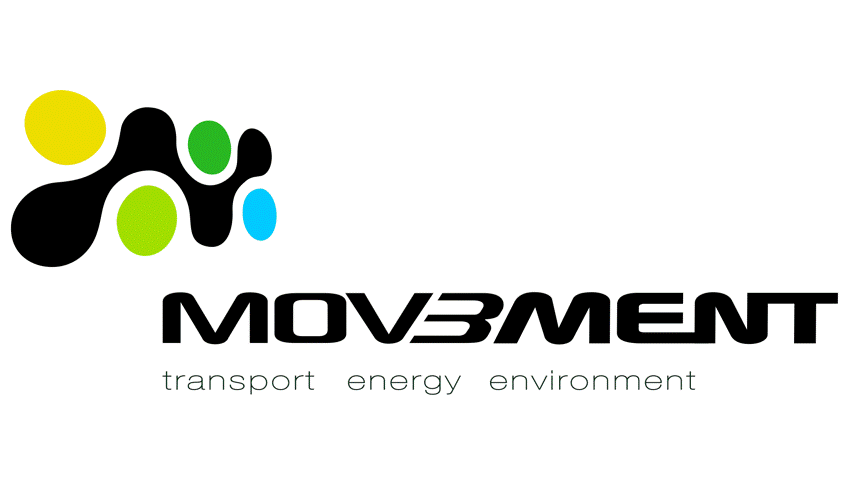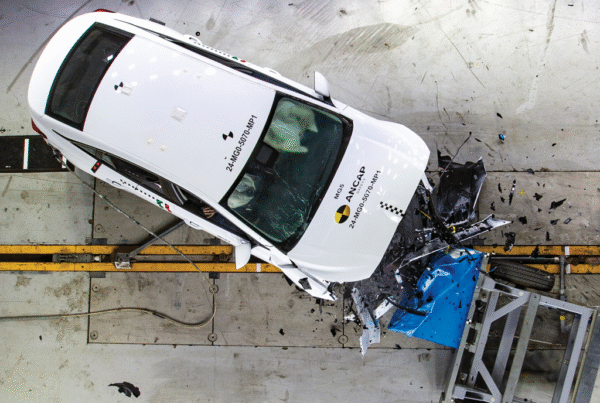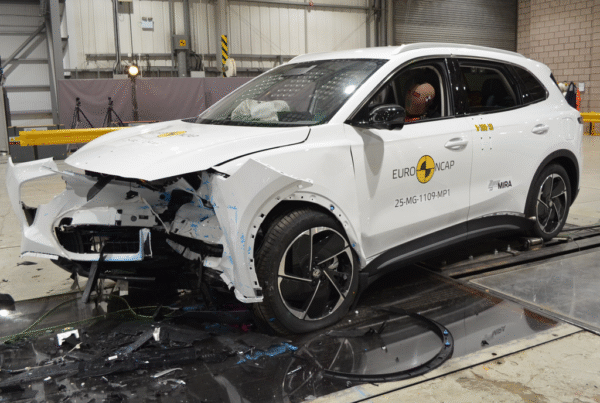In recent years, electric vehicles (EVs) have become a popular choice for fleets. Due to their low maintenance requirements and environment friendly nature, organisations are opting to go electric.
While there are many types of EVs, battery electric vehicles (BEVs) are more common to see on the road. In fact, research conducted in 2023 showed that 80 per cent of Australia’s 180,000 EVs are BEVs.
Despite being low maintenance, BEVs aren’t completely worry-free. An important aspect of BEV maintenance is looking after its battery component. Since fleet vehicles are used nearly every day, regular check-ups are necessary to mitigate any risk of sudden battery failure.
Not only should regular fleet maintenance prioritise battery longevity, but also safety. Though a rare event, battery electric vehicles are prone to fires, especially if damaged by collisions or significant physical impact.
While fleet managers should encourage best safety practices on the road, organisations and fleets can benefit from providing their drivers with thorough training and education regarding their battery electric vehicles. Fire safety for EV fleets are best understood through proper comprehension of EVs and preventive maintenance practices.
If you’d like to learn more about EV fire safety, check out this article by the EV Fire Safe. They are an organisation dedicated to researching and improving safety protocols for EV battery fires. They work with emergency responders and fleet operators to develop best practices for fire prevention, incident response, and post-incident management.
Did you find this article interesting? Click the ‘heart’ button above to give it a like!


















